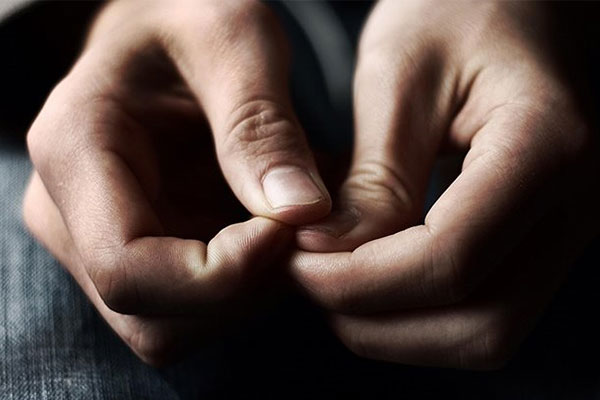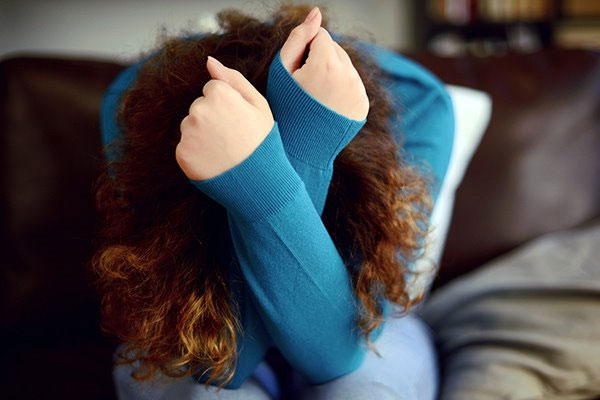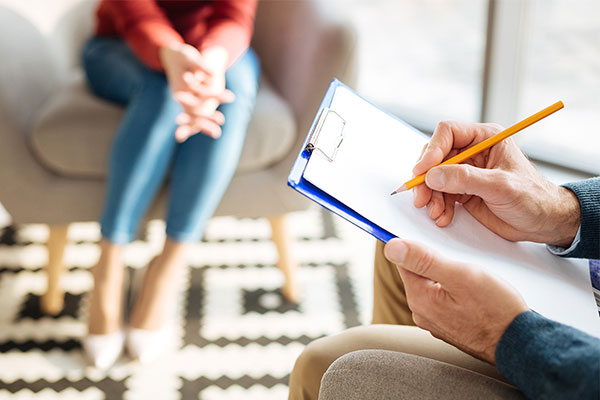It’s 2024 and our emotional health is suffering more NOW than ever in history.
Today is an important topic and it’s about anxiety, the different types of anxiety disorders and how it affects your health and daily performance. This includes BOTH adults over the age of 18 and well as teenagers, which sadly have even more anxiety than adults.
Keep in mind that Anxiety disorders also often occur with other disorders such as depression, eating disorders, and attention-deficit/hyperactivity disorder (ADHD) for both adults and children.
I’m going to quickly cover the various forms of anxiety.
I’ll also end with some natural ways to help make improvements in your feelings and emotions.
Statistics
In a future article, I’ll give a simple quiz so you can quickly find out if you have anxiety and how severe it is.
However, statistically speaking, over 75% of the population has felt some form of anxiety.
Globally, 1 in 13 people suffers from anxiety on a regular basis.
In the US, anxiety disorders are the most common form of mental illness, affecting over 40 million adults over the age of 18. That’s about 20% of the population.
Anxiety disorders also affect over 25% of teenagers (children between 13 and 18 years old).
Research shows that untreated children with anxiety disorders are at higher risk to perform poorly in school, miss out on important social experiences, and engage in substance abuse.
So if you have children, please make sure you read this article and also share it with a friend who has children.
Unfortunately, anxiety also negatively affects your emotional and physical health.
People with an anxiety disorder are five times more likely to go to the doctor and six times more likely to be hospitalized for psychiatric disorders.
And part of the reason for this is the internal stress you’re dealing with, causes hormonal imbalances, which lowers your immune system, and causes fatigue.
What’s The Cause
Because there are so many different forms of anxiety disorders, the cause and development are complex and include primarily genetics, hormonal imbalances, and brain chemistry.
However, life events, trauma, and lifestyle are all contributing factors.
Anxiety And Depression
It’s important to note that people with anxiety, also suffer from depression and vice versa. In fact, it’s about 50% of the time – if you have one, you have the other.
Different Forms Of Anxiety
Okay, so let me quickly cover the 6 primary forms of anxiety and some important statistics. See which one you identify with the most…
Generalized Anxiety Disorder (GAD)
GAD affects 7 million adults or 3% of the U.S. population, yet only 43% receive treatment.

Interestingly, women are twice as likely to be affected as men and this is primarily because of the higher female hormones — more specifically, estrogens.
Panic Disorder (PD)
PD have similar stats to GAD, affecting almost 6.5 million adults, or 2.7% of the U.S. population.

Again, women are twice as likely to be affected as men.
Social Anxiety Disorder (SAD)
SAD affects 15 million adults or about 7% of the U.S. population, so this is a big one.
SAD is equally common among men and women and typically begins around age 13… Right around puberty, when all the hormones begin to change.

Unfortunately, 36% of people with social anxiety disorder report experiencing symptoms for 10 or more years before seeking any help. That’s a lot of years to be “suffering” needlessly.
Specific Phobias
I was surprised to find out that Specific phobias affect almost 20 million adults, or 9% of the U.S. population. I had no idea it was so high.

Once again, women are twice as likely to be affected as men.
Symptoms typically begin in childhood; the average age-of-onset is 7 years old.
Post-traumatic Stress Disorder (PTSD)
PTSD affects almost 8 million adults, or 4% of the U.S. population.

Unfortunately, rape is the most likely trigger of PTSD: 65% of men and 46% of women who are raped will develop the disorder.
Childhood sexual abuse is a strong predictor of the lifetime likelihood for developing PTSD.
Obsessive-Compulsive Disorder (OCD)
And finally, we have OCD, which affects about 2 million adults, or 1.0% of the U.S. population.

OCD is equally common among men and women.
The average age of onset is 19, with 25% of cases occurring by age 13 – again, around the time of puberty and hormonal changes.
Treatments
There are lots of treatments.
Medication
Of course, we’ve all heard of prescription drugs and I’m sure you know someone who has taken an anti-anxiety or antidepressant. Maybe even yourself.
Unfortunately, 95% of the time, these drugs are incorrectly prescribed. Resulting in more problems later, including addiction.
Drugs are powerful and there are so many different ones. So, I’d prefer using this as a LAST option and making sure you find a really good doctor who will FIRST listen thoroughly, before prescribing any drug.
And do so at a lower dosage, see how you react and adjust accordingly.
Therapy
I think therapy is great. Of course, it takes time — many weeks, months and even years. So, you need to be patient.
And finding a good therapist is probably the biggest challenge.

What I love about the Internet is you really have access to almost everything, this includes finding a licensed therapist and professional counselor. In fact, it can all be done online, so you can do it at the comfort of your own home.
One place you may want to visit, that I’ve heard good things about is BetterHelp.com. I haven’t used their service, so I can’t personally endorse it. But, it doesn’t hurt to take a look.
Lifestyle Improvements
As I stated earlier, genetics aside — a major cause of anxiety and depression is the imbalance in hormones and brain chemistry. And lifestyle for sure affects this.
The topic of hormones it just too complicated to get into in today’s article.
You also need to improve your diet — this means getting rid of addictive foods, sugars, bad fats, and optimizing your insulin levels.
Exercise is very important because it helps create positive, “happy” hormones, and brain chemicals. I’ll keep this very simple – spend 30 minutes daily, MOVING your body and using your muscles. Preferably, outside in the sun.
Even going for a simple, 15 min walk will “reboot” your system and you’ll feel better.
Finally, there are natural herbs, plant extracts, and specific amino acids that can help promote better brain chemistry by supporting healthy levels of dopamine, serotonin, and cortisol levels.
ALL of which can affect your mood – both mental AND physical.
It’s not going to magically “fix” things (nothing will)…
However, natural ingredients can give many people some quick relief from these “disempowering” emotions.
- They can help improve your mood.
- They can help relax your body and mind.
- They can help deal with those days or times of “extra stress” that so many of us are dealing with.
Either way, they are much safer than drugs – that’s for sure.
